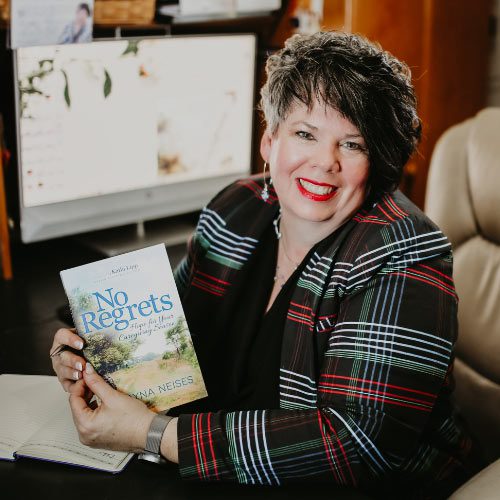The creative process of and gardening 3
Ultimately, both gardening and creative endeavours are about
beauty and expression. They allow individuals to cultivate something
meaningful, whether it’s a lush garden or a captivating piece of art or
writing.
Visual
Beauty (Painting): Painters express beauty through visual elements such as
colour, composition, and texture. Their art captures scenes, emotions, and
abstract concepts, appealing to the viewer’s sense of aesthetics.
Emotional
Beauty (Writing and Poetry): Writers and poets create beauty through words that
evoke emotions, thoughts, and vivid imagery. Their works explore human
experiences, dreams, fears, and hopes, touching the reader’s heart and mind.
Symbolic
Beauty (Gardening): Gardeners cultivate beauty through the arrangement of
plants, colours, and structures. Gardens symbolize growth, life cycles, and the
harmony of nature, offering a visual and sensory experience of beauty.
Personal
Expression: Creatives express their unique perspectives, beliefs, and
experiences through their work. Each piece of writing, painting, or gardening
reflects the creator’s voice and identity.
Universal
Themes: While personal expression is vital, creatives also tap into universal
themes and emotions. They address love, loss, nature, identity, and social
issues, creating connections with diverse audiences.
Impact
and Influence: Creative works have the power to inspire, educate, and provoke
change. They spark conversations, challenge norms, and contribute to cultural
and artistic movements, leaving a lasting impact on society.
By
exploring seasonal cycles and the essence of beauty and expression, creatives
and gardeners alike deepen their understanding of their craft and its profound
impact on individuals and communities.
In
summary, the creative process of a writer, poet, or painter shares many
parallels with the act of gardening. Both involve:
1.
Planting seeds (idea generation)
2.
Nurturing and pruning (research and editing)
3.
Watering and fertilizing (inspiration and feedback)
4.
Harvesting and displaying (publication and exhibition)
5.
Caring for the garden (continuous learning and improvement)
By
recognizing these parallels, creatives can draw inspiration from the natural
world and cultivate their own creative growth.

























